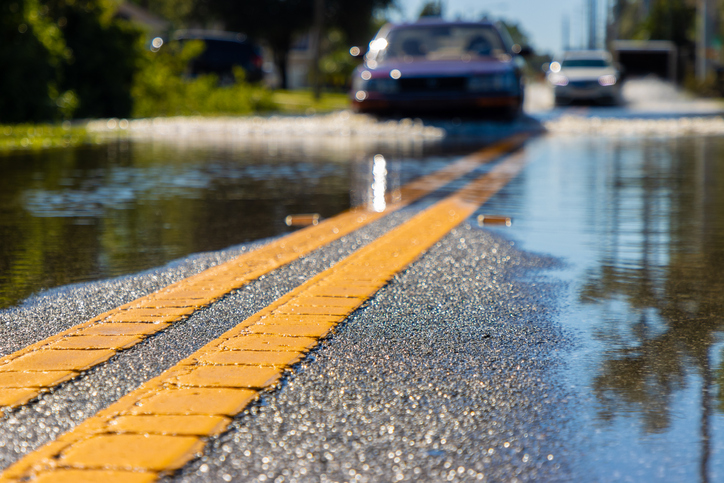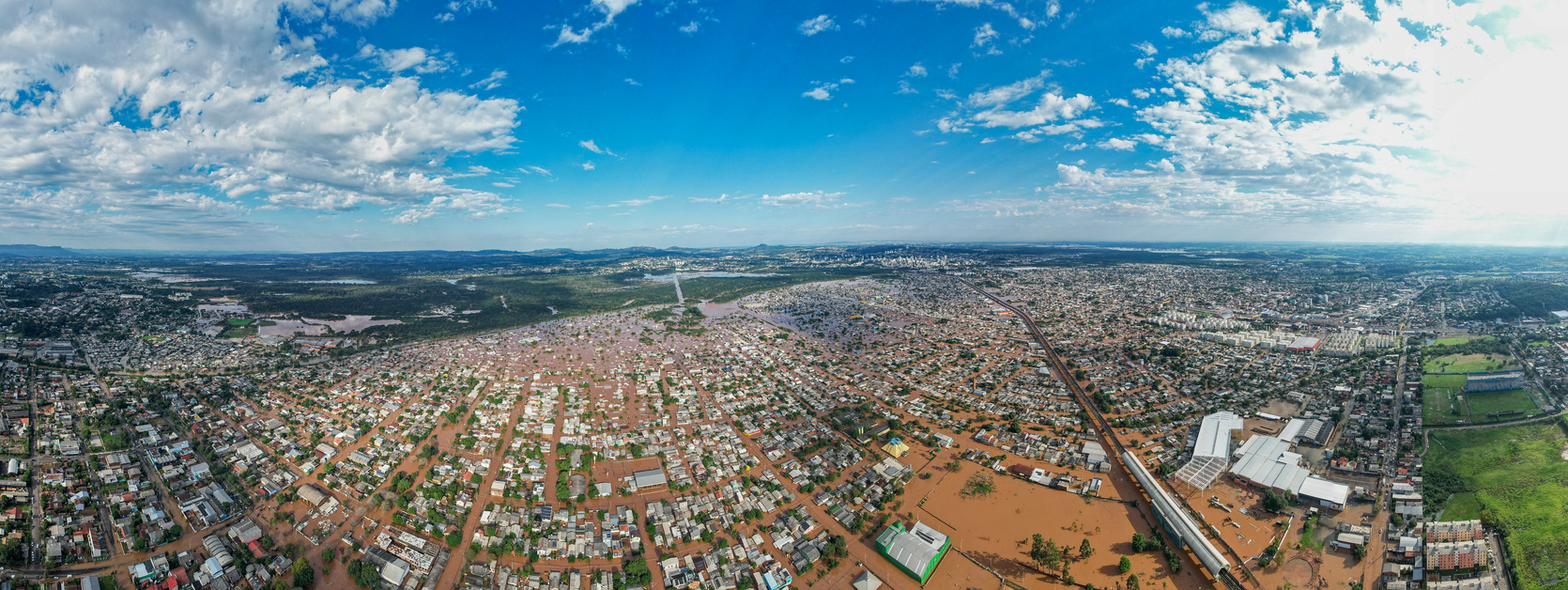Happy 4th of July from your CAL team!
CAL Insurance & Associates will be closed on Thursday, July 4th, and Friday, July 5th, in Honor of Independence Day.
Our Offices will reopen Monday, July 8th, for regular business hours.
We wish you a wonderful safe holiday.
Author: Evan Bush via NBC News
Original article here.
High heat and fire danger hit California ahead of Fourth of July weekend
Elevated temperatures and high winds are in the forecast at a tough time for the state, given the anticipated fireworks displays.
Much of California faces a one-two weather punch this week as a dangerous heat wave and high fire risk arrive at a time when millions will be outside celebrating Independence Day.
Temperatures in the Sacramento Valley could reach 115 degrees this week, according to Kate Forrest, a meteorologist with the National Weather Service in California’s capital city. A heat warning in the area went into effect Tuesday and is expected to last until at least Saturday.
“We are expecting elevated heat and extreme heat risk throughout most of interior California,” Forrest said. “This heat is going to be a prolonged event.”
Forecasters expected the heat wave in the west to start Tuesday in inland California and then broaden into the Pacific Northwest and deeper into Southern California later in the week. Excessive heat watches, warnings and advisories stretched from southern Washington state to the California-Mexico border and the southwest desert on Tuesday, according to the National Weather Service.
The elevated temperatures are the result of a strong high pressure system that will linger over the region.
“High pressure systems force air downward, causing that air to compress and increase temperature,” Forrest said. “That air stays stagnant.”
State officials were preparing for the heat. Gov. Gavin Newsom on Monday directed emergency officials to activate the state’s operations center — its central command station during emergencies — his office said in a news release.
The hot weather could stay above 80 degrees F even at night in some places. By Friday, most of inland California will face “extreme” conditions, according to the HeatRisk map, a tool from the Centers for Disease Control and Prevention and the National Weather Service. The designation means the agencies expect impacts on health care facilities and infrastructure.
The area around Medford, Oregon, and other southern parts of the state are under an excessive heat watch through Saturday, as well.
“If you have neighbors who don’t have air conditioning, check on them a little more often,” said Brad Schaaf, a lead meteorologist at the National Weather Service in Medford.
Some forecast models suggest the Medford region could set a record for the number of consecutive 100-degree days, Schaaf said. The region endured 10 such days in a row in 1967.
Dangerous fire conditions will accompany the sharp rise in temperatures in both states.
Pacific Gas & Electric said Monday that power shut-offs were likely in 10 California counties on Tuesday and Wednesday, given the high winds and dry conditions expected. Shut-offs are designed to proactively reduce the risk of wildfires in areas where winds could topple power lines or cause trees to fall on them.
Those shut-offs began Tuesday morning local time in at least a handful of counties. PG&E's map showed scattered public-safety outages in rural communities east of the towns of Paradise, southwest of Tehama and northwest of Vacaville, among other areas.
But those shut-offs leave some communities without electricity as the mercury rises to dangerous levels.
Forrest predicted up to a 45% chance of wind gusts over 35 mph in the Sacramento Valley area, with humidity levels that could drop into the single digits — a recipe for fast-moving wildfires.
Plants are dry and ready to burn, particularly at elevations below 3,000 feet, she added.
“If ignition starts, it will spread,” Forrest said.
That’s tough timing as July Fourth celebrations kick off with fireworks displays.
“It’s not ideal,” Schaaf said. “We want to urge everyone to use extreme caution when participating in activities that cause sparks, like using fireworks.”
The California Department of Forestry and Fire Protection was tracking 15 active fire incidents on Tuesday morning, only five of which had burned more than 100 acres.
At least seven new fires were reported on Monday and Tuesday, according to the agency's incident map. Most were small, though the biggest — the McCain fire in San Diego county — started Monday afternoon and grew to at least 1,000 acres, forcing evacuations.
In the Southwest, wildfire season has already turned deadly. Two people were killed and 500 homes were destroyed in a wildfire that ravaged the community of Ruidoso, New Mexico, last month.
Climate change increases the likelihood of fire weather and heat waves. Last year, the nonprofit group Climate Central calculated how the number of fire weather days had shifted across the U.S. from 1973 to 2022. The analysis found that the Sacramento Valley faces nearly two more weeks of fire weather, on average, than it did 50 years ago.
Heat waves, meanwhile, are occurring more frequently and lasting longer, according to data from the U.S. Environmental Protection Agency. U.S. cities, on average, used to experience two heat waves per year; now, they typically get six. Those heat waves last about a day longer, too, the data suggests.
Nationally, more than 92 million Americans were under heat alerts on Tuesday, as states like Texas and Oklahoma sweltered in a separate wave of hot, humid weather that was sending heat index values above 110 degrees F in New Orleans.



